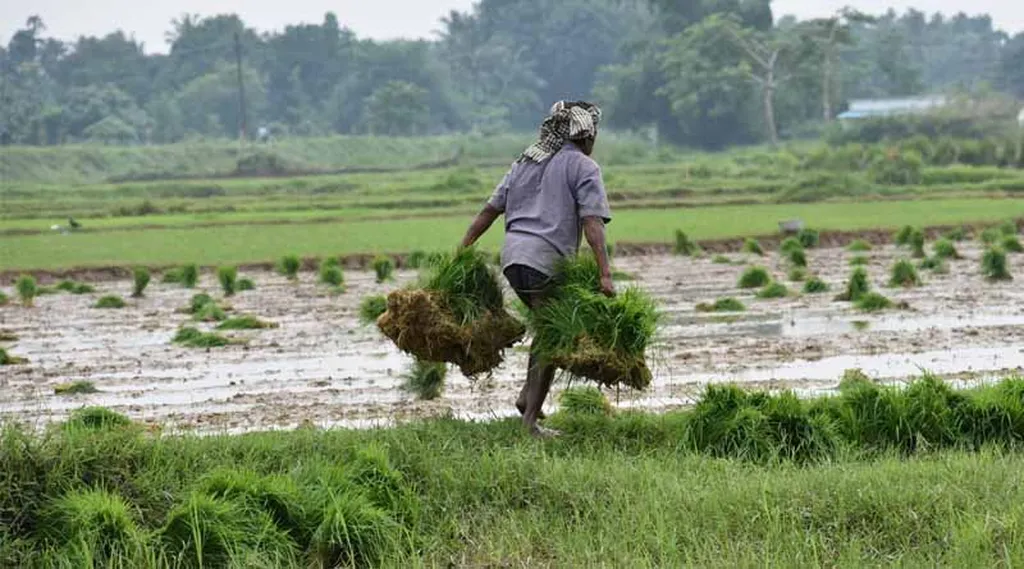In the heart of India’s agricultural landscape, a groundbreaking study has emerged, offering promising insights for farmers in the middle Indo-Gangetic Plains. Published in ‘The Indian Journal of Agricultural Sciences’, the research led by Shivani from the ICAR-Research Complex for Eastern Region, Patna, Bihar, explores the potential of diversifying rice-based cropping systems to boost productivity and income.
The study, conducted over three consecutive years, compared various cropping systems, focusing on the integration of rabi vegetables and green gram into traditional rice-wheat rotations. The findings are striking. The rice-cauliflower-spinach-green gram system recorded the highest system productivity, with a rice equivalent yield of 34.26 t/ha, more than double that of the conventional rice-wheat-green gram system. Similarly, the rice-broccoli-spring onion-green gram system also showed significant promise, with a yield of 32.47 t/ha.
Shivani emphasized the importance of these findings, stating, “Diversification of wheat with rabi vegetables enhanced the gross return, net return, and benefit cost ratio, irrespective of rice duration.” This diversification not only increased productivity but also improved land use efficiency, with the rice-tomato-green gram system achieving a remarkable 95.34%.
The study also highlighted the benefits of using shorter-duration rice cultivars. The Swarna Shreya variety significantly enhanced system productivity and income compared to longer-duration varieties. This finding opens up new possibilities for farmers to optimize their cropping systems for better returns.
The commercial implications of this research are substantial. By diversifying their crops, farmers can mitigate risks associated with market fluctuations and climate change. The increased cropping intensity, as seen in the rice-cauliflower and broccoli systems, provides an opportunity to grow additional crops, thereby enhancing income and sustainability.
As Shivani noted, “The cropping intensity was increased by diversifying wheat with cauliflower and broccoli grown after short-duration rice, providing an opportunity to grow a short-span crop in the rabi season itself before sowing of green gram during the summer season.” This approach not only maximizes land use but also ensures a steady income stream for farmers.
The research published in ‘The Indian Journal of Agricultural Sciences’ by lead author Shivani from the ICAR-Research Complex for Eastern Region, Patna, Bihar, offers a roadmap for sustainable agriculture in the middle Indo-Gangetic Plains. By embracing crop diversification, farmers can achieve higher productivity, better income, and more resilient agricultural systems. This study is a testament to the power of innovative agricultural practices and their potential to transform the future of farming.

